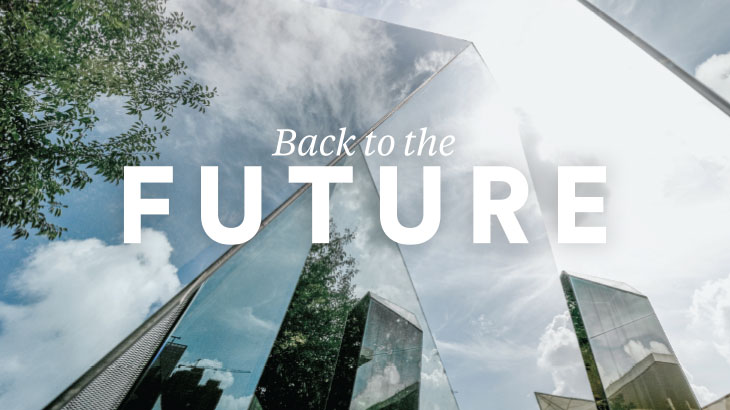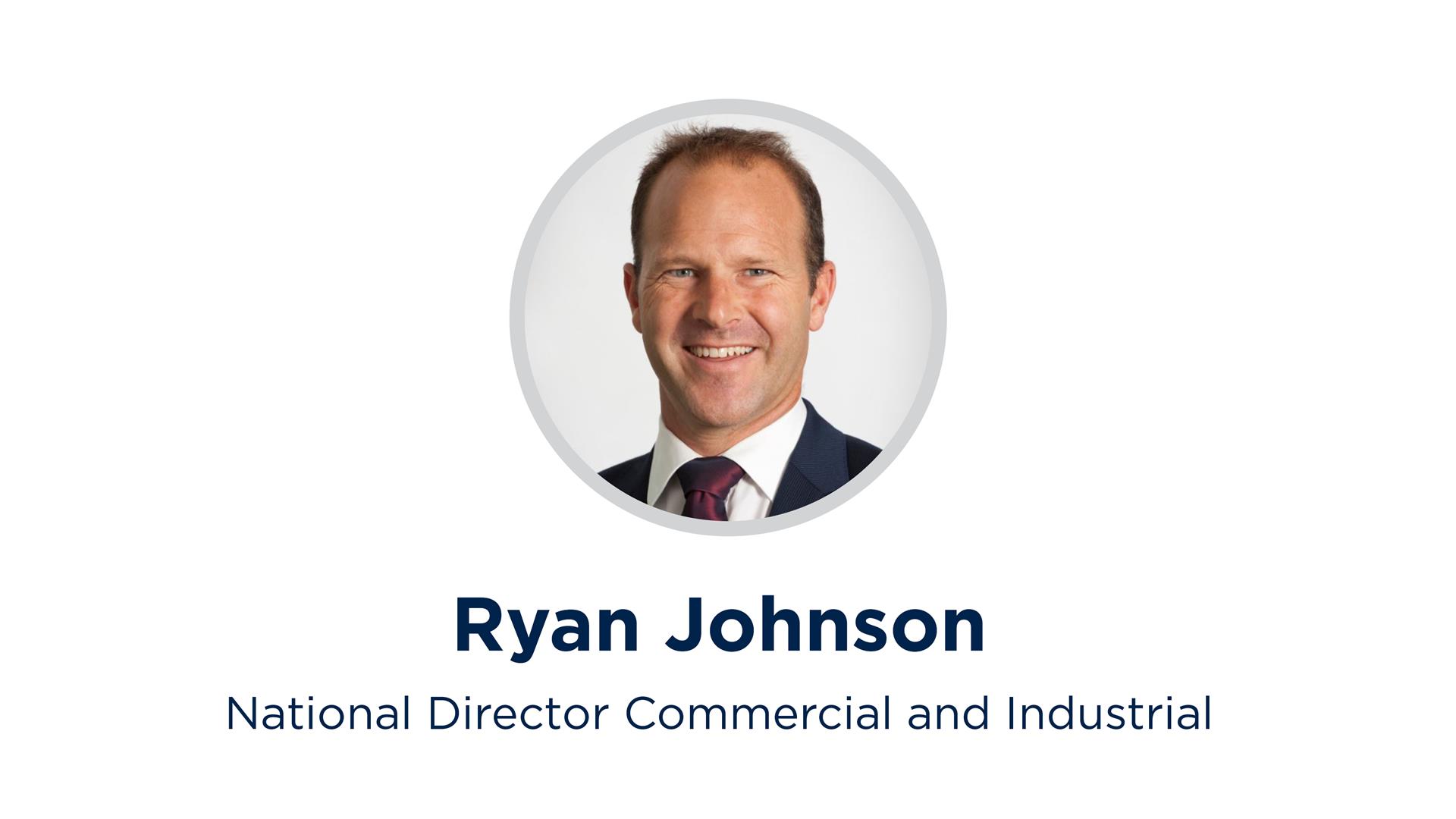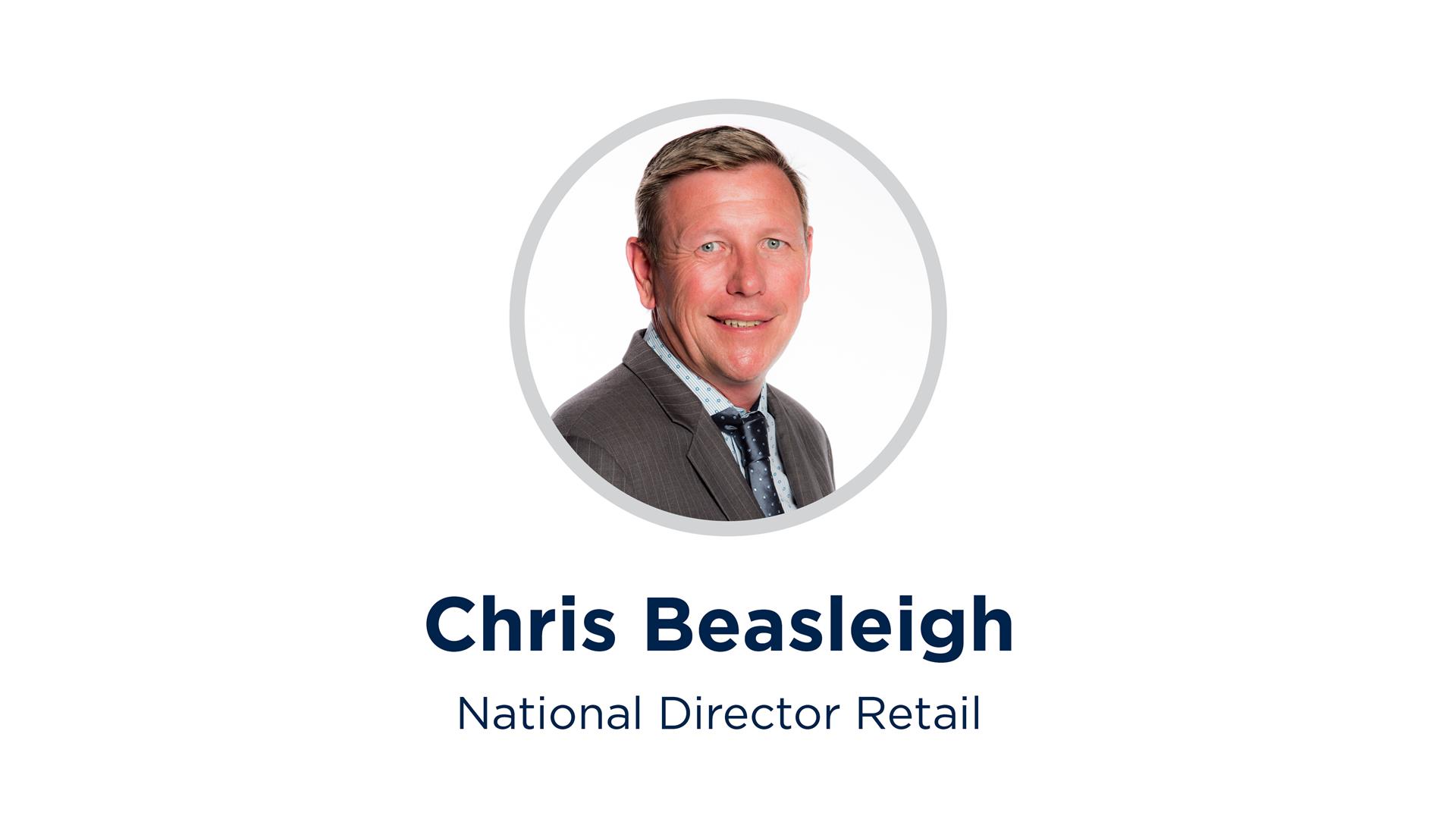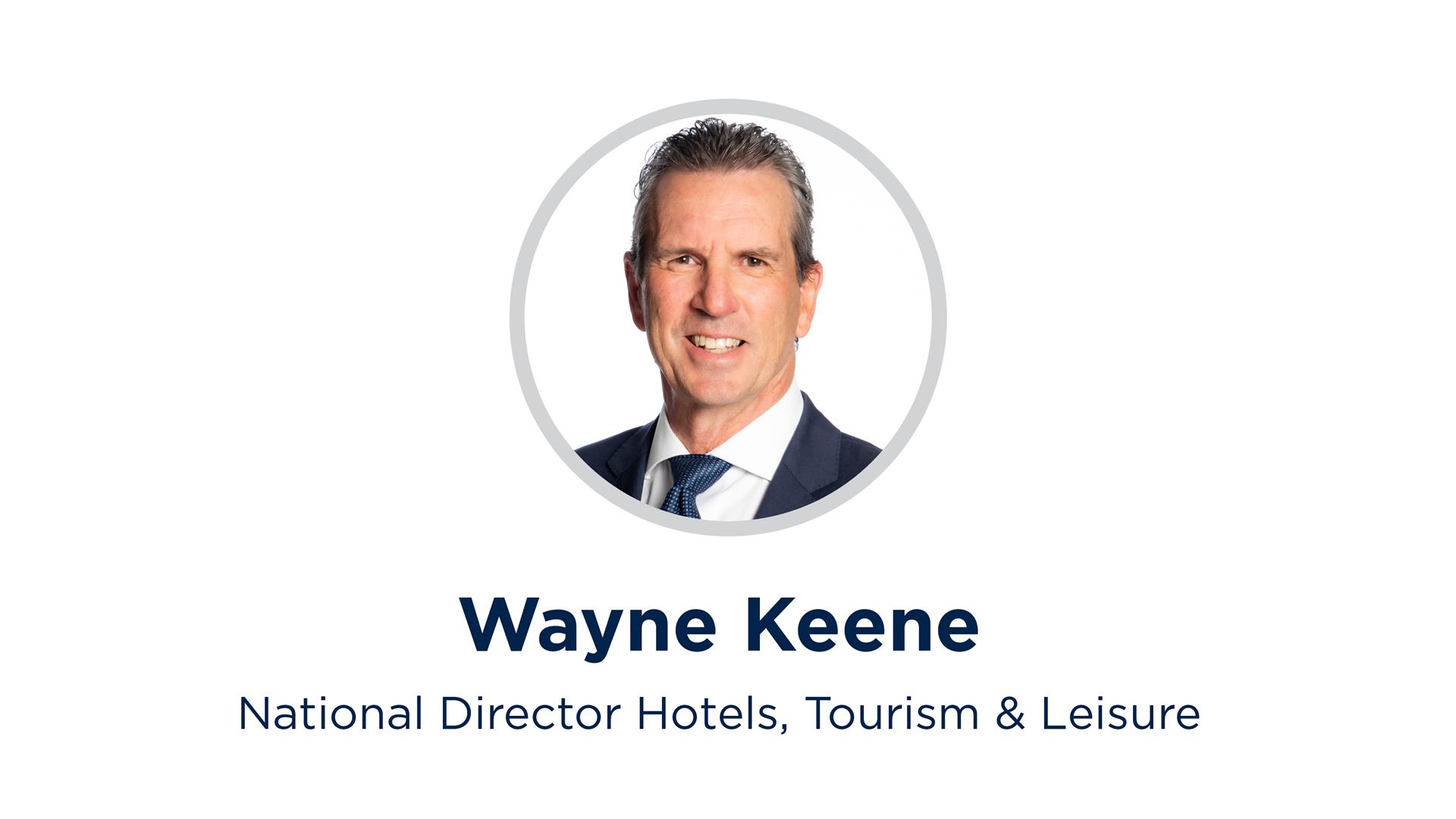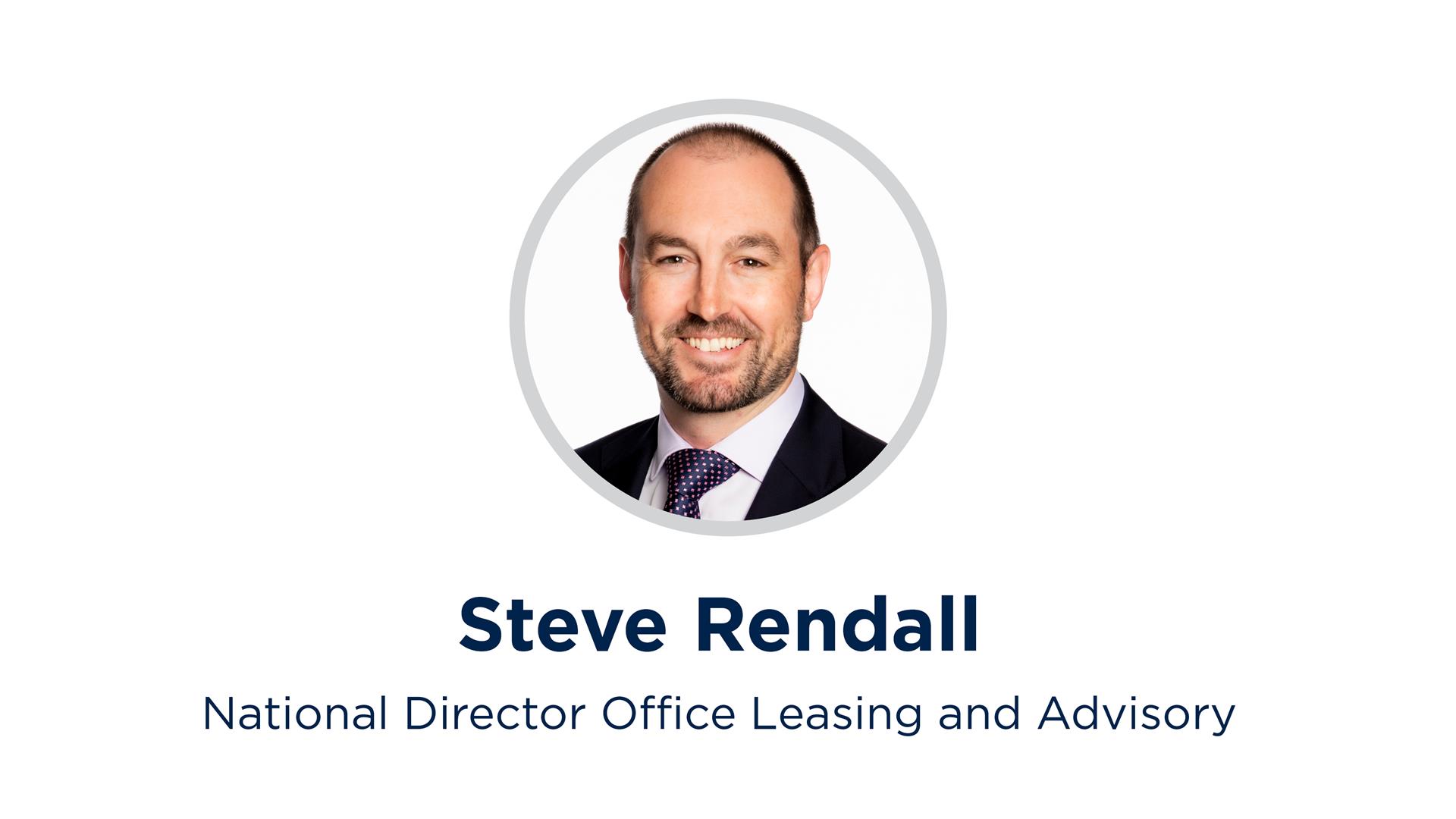Back to the future
The resurgence of COVID-19 is changing the landscape, but Bayleys’ experts say there is plenty of cause for optimism.
Total Property - Issue 8 2021
Much like 2020, this past year has been one of ups and down, dictated almost entirely by COVID-19. As a country we started the year feeling fairly optimistic after some early COVID panic.
With the year closing in a different place, Total Property talks to Bayleys’ business line leaders for their views on how the year has gone and what lies ahead in 2022.
ESCALATION AND ACCELERATION
The escalation of construction costs and the acceleration of digital disruption have been two of the most significant factors in the market in 2021. Ecommerce trends that might have taken five to seven years to develop have happened within 12 to 18 months and that technology shift has not only impacted the built environment but also the logistics and industrial sectors. It started with ecommerce but has gone right through to supply chain processes, warehouse automation, manufacturing and micro-fulfilment centres. It’s also obviously had a big impact on the office environment.
That will keep being a factor into 2022. The other factor looking to next year will be interest rates and inflation. We have been in a low interest rate environment for five to six years now and we are just starting to see signs of escalating cost of debt. When you look at that along with the increase of construction costs, that’s going to lead to fundamental changes across many real estate metrics.
We are going to see significant interest from offshore purchasers and capital as they’ve been largely shut out by border restrictions. As borders open, we should also start to see an increase in interest in the office and hotel sectors.
The economy has in most instances, aside from tourism and hospitality, done very well so we’re going to see more development and supply across all sectors.
GAME OF TWO HALVES
2021 has really been a game of two halves. We saw some massive rebounds with high retail spending and the big national retailers, like The Warehouse and Briscoes, all show record profits. It was looking very, very good. Then we went back into lockdown.
The big difference is that this year retailers know there will be a rebound once we get through this, even if it probably won’t be to the same level as last year. It will also differ from sector to sector. It will probably be strong for large format retail, but food and beverage may take a while to rebound.
Though other parts of the country have had less restrictive and shorter lockdowns than Auckland, there is still a flow-on effect. Aucklanders spend a lot of money outside of Auckland, particularly in places like Queenstown. Overall, there is much more positivity this time. People are still planning to open new stores and are predicting that when we have come out of this, we’ll go back to where we were. What’s harder to predict is when that rebound will happen and that means businesses can’t plan.
THE HUNT FOR RETURNS
The key drivers in the hotels, tourism and leisure (HTL) sector in 2021 have been low mortgage interest rates coupled with investor demand for higher returns than those coming from banks. This has seen a new investor market enter the sector, looking to invest in small-to-medium accommodation.
We’ve also seen a trend toward some accommodation providers opting for Government contracts under the Housing and Urban Development scheme (HUD), providing social housing accommodation.
A strong domestic tourism market since that first lockdown in 2020 has been good for the sector. That coupled with fewer rooms on the market due to HUD means higher occupancies and better room rates.
Among larger hotels COVID is the only story. It will be a long time before we see some sort of normality return for hotel owners. For a large group of those hotels – about 18 – MIQ has been a saviour but it will likely affect their brand. Those hotels will be undertaking full refurbishments once they have exited MIQ, though this could be a positive as some were already in need of refurbishment.
2022 will bring new hotel inventory to the Auckland market that was committed well before COVID. We may also see new motel developments as a result of pressure on existing inventory, particularly in the regions.
PRODUCTIVE ASSETS
What we’ve seen through 2021 is a massive amount of resilience. Stakeholders, landlords and business owners have worked together very well to find solutions to unexpected problems. That resilience is beginning to reach a limit.
We are going to see some businesses fail, but we are also going to see new opportunities.
The average price of a business is increasing as people look for productive assets with banks offering low returns and a somewhat unreliable share market. The Government has given a clear indication, when they removed the deductibility of interest from the residential property market, that they want to see money put into more productive assets.
Through 2021 we have seen great activity in lockdown-proof essential businesses. We’ve also seen some switch to acquisition mode, rather than competing. And we’ve seen a real shift to the regions as technology enables working from anywhere.
The Reserve Bank has indicated monetary policy needs to change and I think we’re going to see further rationalisation in the community.
FLIGHT TO INDUSTRIAL
The continued rise of ecommerce and the investor flight to industrial have been two of the key market trends in 2021.
The investment market was still red-hot as a result of low interest rates and there was a land grab for industrial space. There’s been some pent-up leasing demand there as COVID delayed a lot of developments. After the latest lockdowns, that will be a continuing market factor.
Low industrial vacancy rates across most of the country meant they were an asset class of choice for investors; more so than in retail and commercial where vacancy rates, and therefore risks, are higher.
Port issues in Auckland have benefitted regional port cities, but we’re also seeing a lot more inland port activity that will see further growth in the likes of Tauranga and Hamilton.
The ecommerce growth will also continue to put pressure on businesses to have enough storage or warehousing space to facilitate online orders. That will impact both big logistics providers and retailers. We may see some existing retail footprints change into “last mile delivery” centres.
THE OFFICE AS CRITICAL INFRASTRUCTURE
One of the interesting things we’ve seen through 2021 has been the re-emergence of the office as critical infrastructure for any organisation looking to build culture, provide a platform for efficient communication, and to train team members.
There’s been a noticeable re-commitment to the office, but it comes with a more sophisticated focus on what matters to each organisation. Organisations are seeking out the best locations that deliver in areas like transport solutions, safety and amenity for the team.
This is particularly true in Auckland CBD where accessibility, amenity and safety can be hard to find in some locations. With that in mind, one of the key factors that will impact how people use the city’s centre in the future will be the completion of the City Rail Link (CRL). That has the potential to revitalise parts of upper Albert Street and Queen Street and the likes of Karangahape Road.
The other key trends we’ve seen from businesses in 2021 are an increased focus on carbon reduction, digital transformation and staff wellness, with significantly less focus on occupancy costs than we might have been expected after 2020.
All these trends provide opportunity for new-build developers who can meet those organisational requirements.
Read more market insights from Total Property
Subscribe to receive the latest commercial news and insights from Bayleys Total Property
